Wheat is probably the most common cereal available all over the world and is in even higher demand in recent years due to its abundant health benefits. Over the years, wheat has shown itself to be one of the most successful and sustainable cereals crops in the world. It originated in southwestern Asia, but today it is grown in countless countries. Commonly, wheat cultivation is done at higher latitudes and is primarily used for baking bread products.
Foods like bread, pasta, crackers, bagels, cakes, and muffins are just a few common examples of wheat sources. Wheat is believed to be one of the most wholesome food items, and it ensures a diet rich in nutrients.
[wp_ad_camp_1]
Research has already proven that wheat is extremely beneficial for healthy living. Wheat considerably lowers the hazards of heart diseases, owing to its comparatively low fat content. It also regulates blood glucose levels in diabetic patients.
Wheat is able to provide you with an immense energy source due in all parts of the grain kernel, including the bran, germ, and endosperm. The nutrient value of wheat is retained even after processing it into flour. However, if you wish to get the maximum benefit out of wheat products, it’s advisable to choose wheat products that are made from whole-wheat flour rather than the refined varieties.
Wheat Varieties
The health benefits of wheat greatly depends on the form in which you consume it. While whole wheat is extremely nutritious, the benefits of wheat are reduced if you eat bleached white flour which is obtained by processing after only 60% extraction from the grain. In the United States, most wheat products undergo 60% extraction; you see this in noodles, breads, and pasta, as well as in baked goods like rolls, biscuits, and cookies. In these foods 40% of the original wheat grain was removed, and you get only the remaining 60%. Usually the 40% that is removed – the outer brown layer – contains the highly nutritious bran and the germ of the wheat grain. In the process of making 60% abstraction flour, more than half of the vitamin B1, B2, B3, E, calcium, phosphorus, folic acid, copper, zinc, iron, and fiber are lost. If you buy 100% whole wheat products, you are assured of all the nutrients of the bran and the germ, as well as the endosperm.
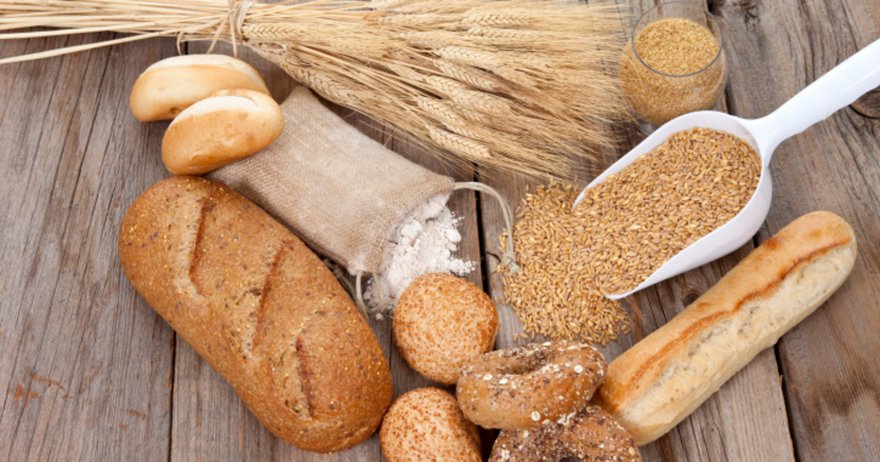
In recent years, the nutritional value of whole wheat is being recognized by consumers. Low-carb diets and an increase in the whole wheat cereal market are prevalent around the world, especially in the Mediterranean. Just like in whole wheat, wheat germ is a rich source of nutrients. Wheat germ has an abundance of vitamins and minerals, but it is particularly rich in vitamin E. Wheat germ is known to be a main source of the vitamin B complex in dietary structures throughout the world, and includes vitamins like thiamin, folic acid, vitamin B6 and minerals like manganese, magnesium, and zinc. The wheat germ oil improves strength and increases life span.
Nutritional Value of Wheat
Wheat is rich in catalytic elements, mineral salts, calcium, magnesium, potassium, sulfur, chlorine, arsenic, silicon, manganese, zinc, iodide, copper, vitamin B, and vitamin E. This wealth of nutrients is why wheat is often used as a cultural base or foundation of nourishment. Issues like anemia, mineral deficiencies, gallstones, breast cancer, chronic inflammation, obesity, asthenia, tuberculosis, pregnancy problems and breastfeeding problems are quickly improved by consuming whole wheat. Wheat is also recommended to treat sterility. Since germinated wheat comprises 2 or 3 times more vitamin B than common wheat; the seeds are useful for treating gastrointestinal conditions, skin diseases, respiratory illnesses, and cardiovascular ailments. Wheat is also known to help balance cholesterol levels and protect the heart.
Health Benefits of Wheat
The following are some of the health benefits of wheat.
Controls Obesity (Especially in Women):
Wheat has a natural ability to control weight in everyone, but this ability is more pronounced among women. The American Journal of Clinical Nutrition has shown through research that whole wheat, rather than refined wheat, is a good choice for obese patients. Women who consumed whole wheat products over long periods showed considerably more weight loss than the others subjects.
Improves Body Metabolism:
Saturated and trans fats increase the chances of cardiovascular diseases, while omega-3 fats decrease cardiovascular disease risk. Whole grains like wheat are immensely effective on patients with metabolic disorders. Common types of metabolic syndromes include visceral obesity, also known as the “pear shaped” body, high triglycerides, low levels of protective HDL cholesterol, and high blood pressure. Wheat protects against all of these conditions. Research has shown that foods made from refined grains not only tend to increase weight but they also increase the hazards of insulin resistance. Doctors recommend eating whole wheat bread and other fiber-rich foods. The majority of fiber works to help the digestive process in the body and improve the overall metabolism. Having a whole wheat diet is probably the most effective, quick, and enjoyable way to reduce metabolic syndrome, but also to stay slim and healthy throughout your life.
Prevents Type 2 Diabetes:
Wheat is rich in magnesium, which is a mineral that acts as a co-factor for more than 300 enzymes. These enzymes are involved in the body’s functional use of insulin and glucose secretion. The FDA permits foods that contain whole grain by at least 51% weight and are also low in saturated fat and cholesterol, which means a lower risk of coronary ailments and certain types of cancer. Moreover, regular consumption of whole grain wheat promotes healthy blood sugar control. People who suffer from diabetes are able to keep their sugar levels under control by replacing rice with wheat in their diet.
Reduces Chronic Inflammation:
The betaine content of wheat is what aids in the prevention of chronic inflammation. Betaine is usually found in whole wheat, beets and spinach. Inflammation is a key constituent in most types of rheumatic pains and also some rheumatic diseases. Thus, it is a good idea to eat a healthy amount of whole wheat food products that will actively reduce inflammation. Consumption of betaine affects a number of aspects in our body chemistry that assures a lower risk of chronic inflammation and other ailments like osteoporosis, heart disease, Alzheimer’s disease, cognitive decline, and type-2 diabetes.
Prevents Gallstones:
In various surveys by the American Journal of Gastroenterology, it has been proven that breads and cereals made from whole wheat help women to avoid gallstones. Since whole wheat is rich in insoluble fiber, it assures a quick and smooth intestinal transit time and lowers the secretion of bile acids. Excessive bile acids are a major cause of gallstone formation. Moreover, a high intake of wheat increases insulin sensitivity and thereby lowers triglycerides or fat in the blood. Besides wheat, you also get insoluble fiber from the edible skins of fruits and certain vegetables like cucumbers, tomatoes and squash, berries, apples, and pears. Beans also provide both insoluble and soluble fiber.
Whole Grain Wheat Assures a Healthy Lifestyle:
Wheat is the most popular and easily available bulk laxative. Three cups of wheat consumption per day is enough for an individual to live a long, healthy and disease-free life. When you maintain a fiber-rich diet comprised of wheat breads and cereals that are high in bran, you can be confident that problems such as pain, flatulence, nausea, constipation, and distension will be alleviated in no time. Diverticulitis often occurs due to inflammation and lower intestinal pains. This can also lead to chronic constipation and unnecessary straining, which can result in a sac or a pouch in the wall of the colon. Such cases can be easily dealt with naturally by keeping up with a fiber-rich diet and including whole grain wheat on a regular basis.
Promotes Women’s Gastrointestinal Health:
Benefits of wheat bran are bountiful, and promoting overall women’s health is yet another important role of this cereal variety. Wheat acts as an anti-carcinogenic agent, particularly in women. Wheat bran enhances the metabolic rate of estrogen, which often leads to breast cancer if left at an excessive level. In one survey of pre-menopausal women in the age group of twenty to fifty, they ate three to four high-fiber muffins per day made from wheat, and they showed reduced blood estrogen levels by 17% in only 2 months. The other group of women eating corn bran did not show this result.
Wheat contains contain lignans, which are phytonutrients acting as hormone-like substances. The lignans often occupy the hormone receptors of our body, thereby alleviating certain risk factors for breast cancer. This effectively checks the high circulating levels of estrogen. Wheat increases the metabolic rate of estrogen production and protects women against this key factor of cancer. Wheat bran considerably reduces bile acid secretion and bacterial enzymes in the stool, thereby cutting down chances of colon cancer. If you include bread, pasta, and bran cereals in your daily diet, these ailments will be avoided.
Protective Against Breast Cancer:
Research at the UK Women’s Cohort Study found that a fiber-rich diet is extremely important for women to keep breast cancer at bay. Foods from whole grains like wheat and fruits provide significant safeguards for pre-menopausal women against breast cancer. Studies say that around 30 grams of wheat consumed daily is enough for women to reduce the risks of breast cancer. Reports say that pre-menopausal women who have consumed wheat had a 41% reduced risk of breast cancer in comparison to others who ate other forms of fiber.
Prevents Childhood Asthma:
The American Lung Association says that around 20 million Americans experience some form of asthma. Studies have stated that whole grains in the diet can lower the chances of childhood asthma to a great extent. The International Study on Allergy and Asthma in Childhood proved through numerous studies that a wheat-based diet has the capacity to lower chances of developing asthma by almost 50%. During the survey, the wheat diet was increased considerably and the mothers were given special diets high in whole grains; this showed an almost 66% reduction in the possibility of becoming asthmatic.

Bronchial hyper-responsiveness is the key factor that encourages asthma. This condition is characterized by the narrowing of the airways and increased sensitivity. In many surveys, it has been seen that children who eat wheat in high amounts do not suffer from such ailments. The magnesium and vitamin E provided by wheat also contributes in reducing the problem of asthma. However, in some cases, wheat consumption may be harmful for asthma patients, since wheat also happens to be a food allergen closely linked with asthma. Consult a doctor who can give you a complete examination and diagnosis of possible allergies you may have.
Protects Against Coronary Diseases:
Plant lignans, a type of phytonutrient, is abundant in whole wheat. These lignans are converted by responsive flora in the human intestines into mammalian lignans. One of these lignans is called enterolactone, which protects against breast and other hormone-dependent cancers, as well as heart disease. Wheat is not the only source of lignans; nuts, seeds and berries are also rich sources of plant lignans, as well as various other vegetables, fruits, and beverages like coffee, tea and wine. A Danish journal published in a recent article that women eating the most whole grains were found to have considerably higher blood levels of this defensive lignan.
Improves Cardiovascular System in Postmenopausal Women:
Whole wheat is supposed to be a primary element in the diet of a post-menopausal woman so as to avoid any kind of cardiovascular problems. Daily intake of this whole grain cereal is the best way to avoid such ailments. Doctors prescribe a high wheat intake diet for women who are dealing with conditions like high blood pressure, high cholesterol, or other signs of cardiovascular syndromes. A survey has concluded that this kind of diet slows down the progression of atherosclerosis, which is the building of plaque in the arteries and blood vessels, as well as reducing the frequency of heart attacks and strokes.
Prevents Heart Attack:
In the United States, heart failure is the prime cause of hospitalization and death of elderly people. The medicinal drugs have been successful in certain cases, but natural remedies work much faster and with less of an impact on the rest of the body’s systems. Hospitals use ACE inhibitors and beta-blockers, but the long-term effects are not yet clear. Whole grain products and dietary fiber have been shown to considerably reduce blood pressure levels, thereby checking the possibility of a heart attack. Of course, confounding factors like age, alcohol consumption, smoking, exercise and proper nutrition are equally important. Ample vitamins, vegetables and fruits are extremely important in such cases as well. The start of your day can be both healthy and tasty with a daily bowl of whole grain cereal. There are various other forms in which you can serve wheat like bread, puddings and a variety of baked goods.
The health benefits of wheat are no longer unknown, and people all over the world have experienced them by including wheat in their daily diet. This “health food” reputation is due to the important B vitamins, such as thiamin, folate, and vitamin B6, and the minerals magnesium, zinc, and manganese content. Wheat can be easily integrated into cakes, burritos, brownies, waffles, bread, muffins, patties and pancakes or simply sprinkled over your favorite cereal or yogurt.
Caution
There are some limitations to wheat consumption as well. If you are susceptible to allergic reactions, whole wheat consumption can enhance your allergies, such as hives, itching, skin rash, and eczema. Thus, it is advised to check with your physician to be sure that you are not allergic. Whole wheat contains oxalates, which are the naturally-occurring substances in animals, plants, and human beings. However, too much oxalate in bodily fluids can lead to crystallization, thereby causing health problems like gallstones, kidney stones, and gout.
How to Cook Wheat
You can consume wheat in a host of ways, some of the easiest and tasty ones being in the form of sandwiches and bread. Wheat flakes at breakfast are undoubtedly a delicious and appetizing choice for your morning meal, and you can also use sprouted wheat berries in vegetables and various kinds of grain salads. Opt for whole wheat pita breads for your pizza crust, and if you are a pasta lover, make sure that it is whole wheat pasta. You can find it in all different forms like spaghetti, spirals and penne. In India, wheat is consumed in the form of breads called roti or chapatti.
Source: organicfacts.net

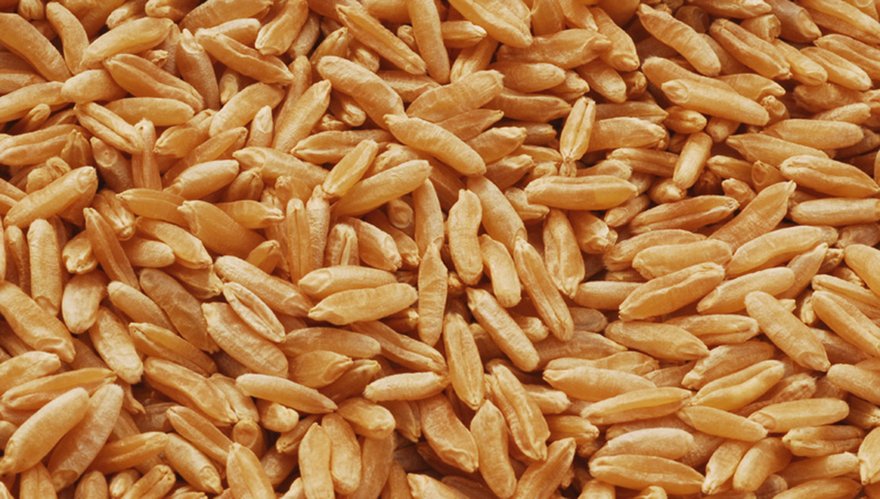
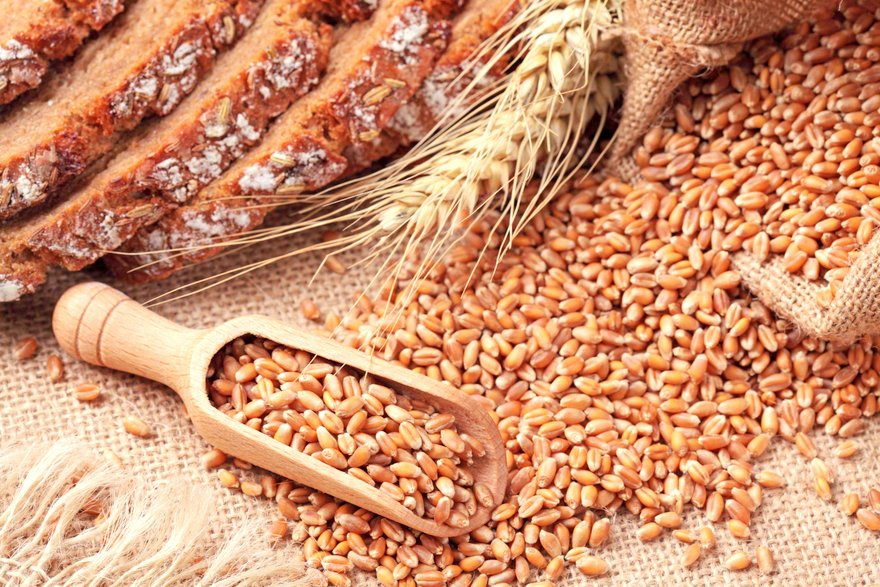
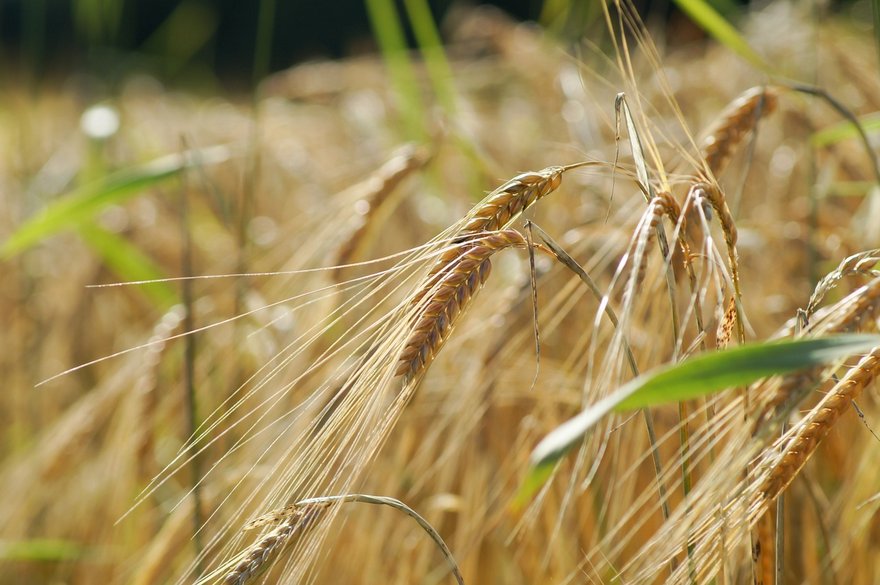
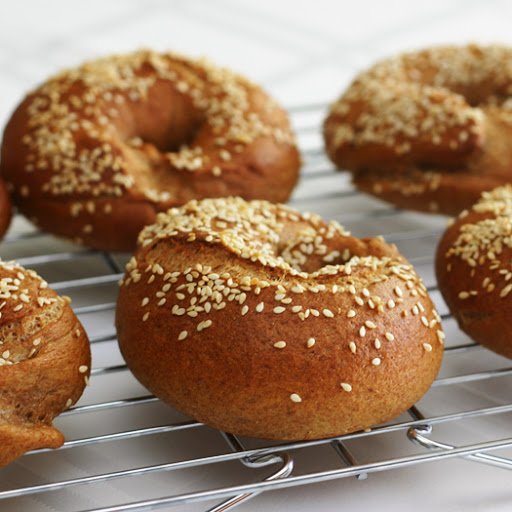
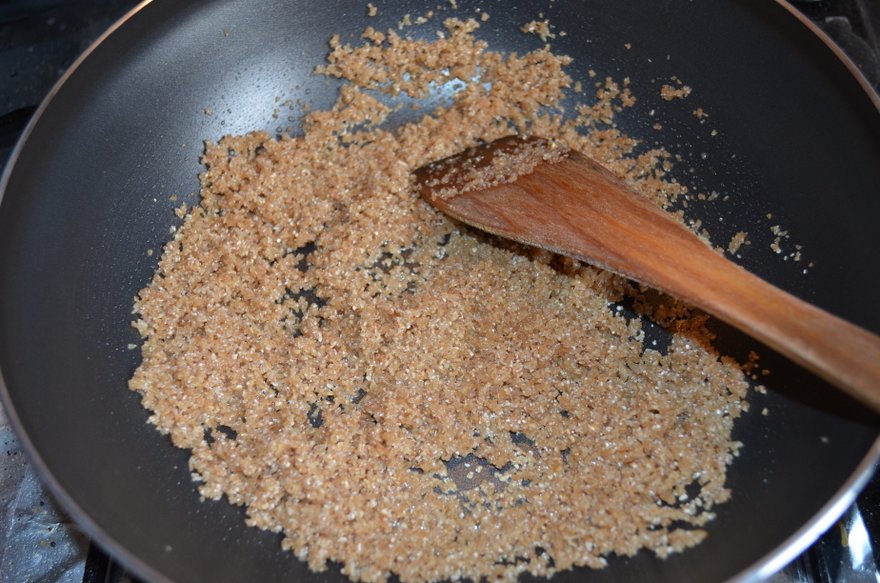
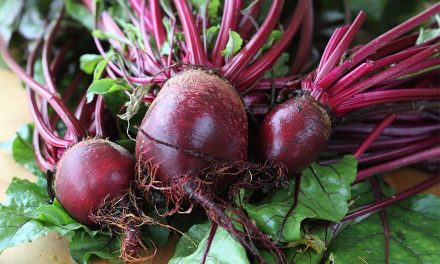


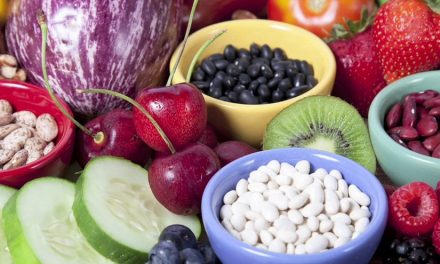




THANKS FOR INCREASING OUR KNOWLEDGE BY EXPLAINING THE NUTRITIONAL VALUE OF WHOLE WHEAT, SPAINISH,TURMERIC & ALMOND. ALL THESE WILL EFFECT OUR HEALTH IN THE FUTURE.
AGAIN THANKS
please accept my sincere thanks for the valuble information on subject such as various food information . again thanking you
regards
ashok patel
houston, texas
usa